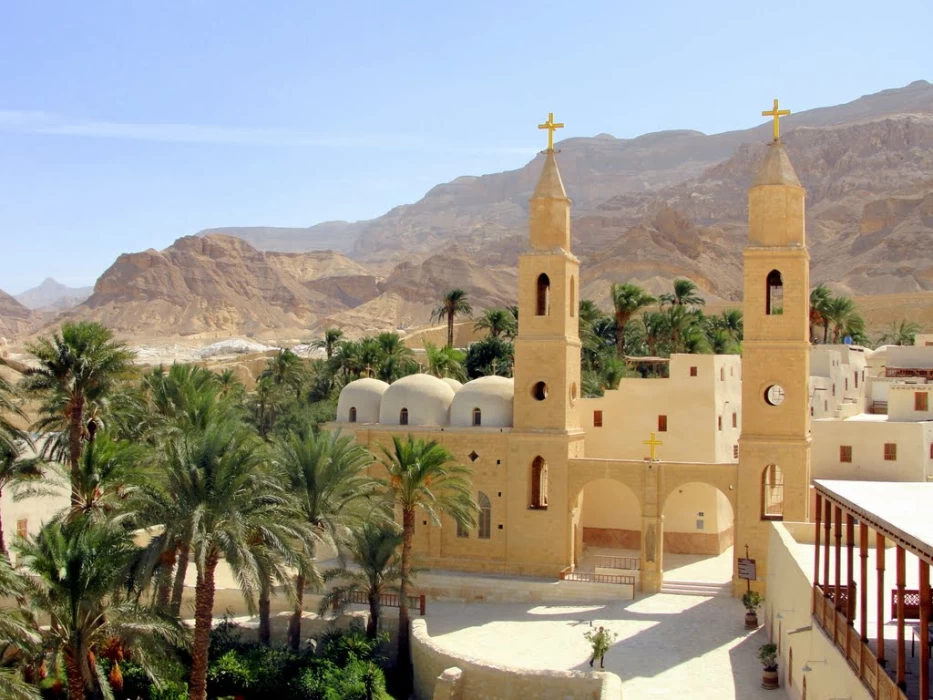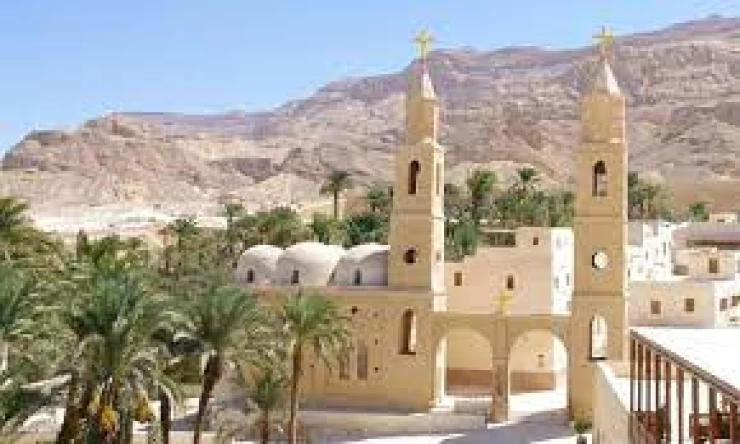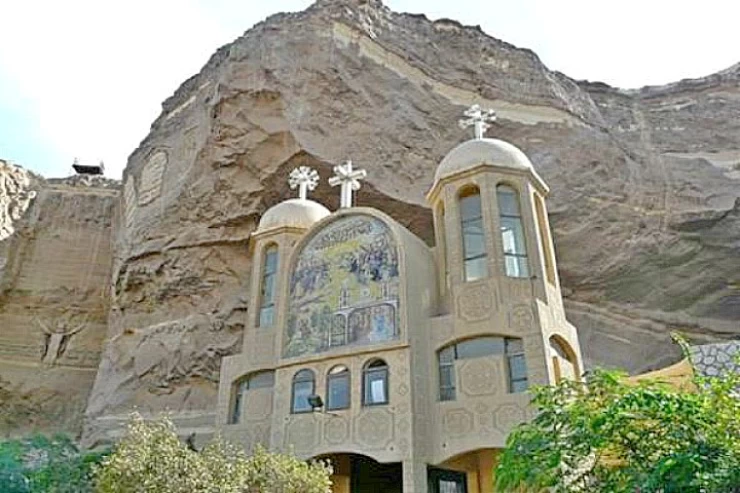
History of the Monastery of St. Anthony
History of the Monastery of St. Anthony
The Monastery of St. Anthony is located next to the Church of the Holy Sepulchre, and has a church named after St. Anthony, adjacent to the northern wall of the Church of the Holy Sepulchre. This monastery was repaired and new buildings were added to it in 1875 AD with donations from rich Copts.
St. Anthony Monastery is considered the oldest monastery in the world, where monks gathered around St. Anthony and lived in caves carved by themselves on the mountain. The caves became a room or unit in which monks live in complete isolation from the world. Named after the world's first Christian monk and founder of the Coptic monastic movement, the 18-acre monastery was built by a spring of water from which the saint drank.
This museum is situated southeast of Cairo 334 kilometers away in the Eastern Desert of Egypt, within a Coptic Orthodox Monastery built in the 4th Century AD by the disciples of St. Anthony. During the 1990s, restoration measures were undertaken in order to protect the historic structures at the centre of the monastery, including gorgeous frescoes from the 13th century. In addition, this museum was created to display and preserve traces of the monastery's long history.
The artifacts are organized around several themes, including liturgical life, and include objects used in public church services as well as private worship practices. The exhibition includes icons, candles, lamps, chalices, chalices, spoons, communion plates, censers, crosses carried in circumambulations, small crosses carried by priests, and priestly vestments.
















